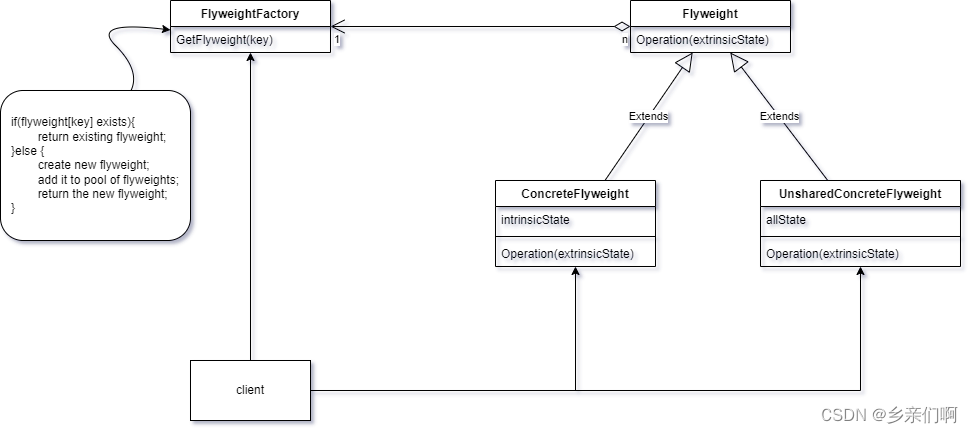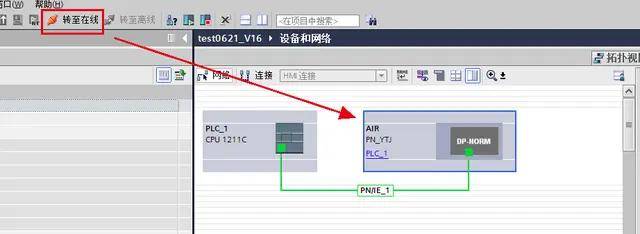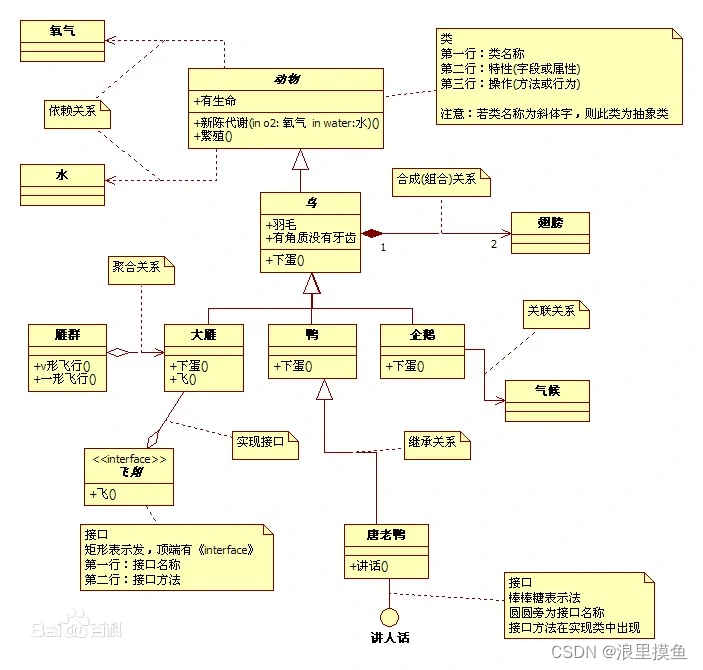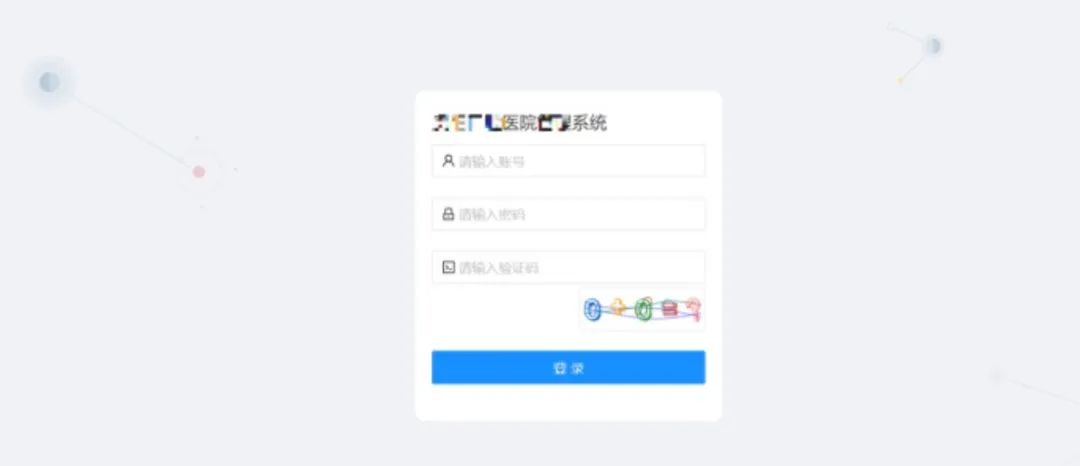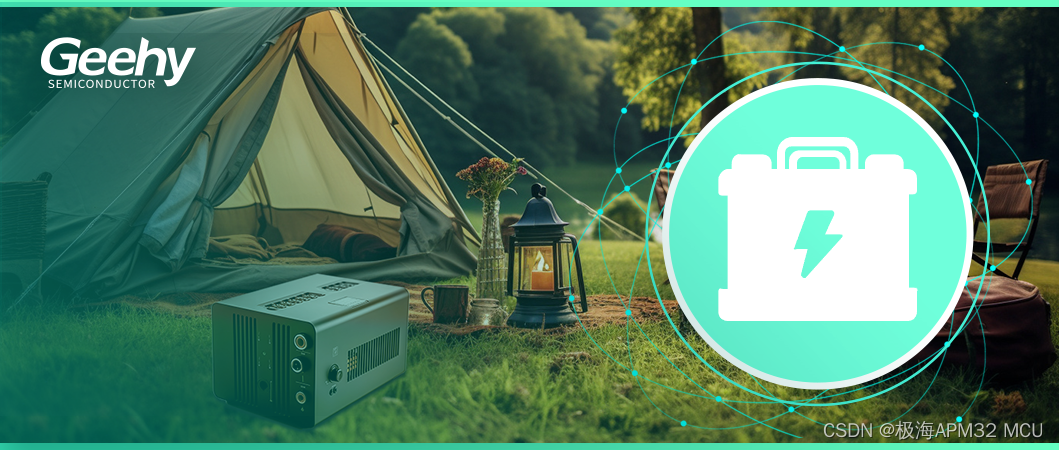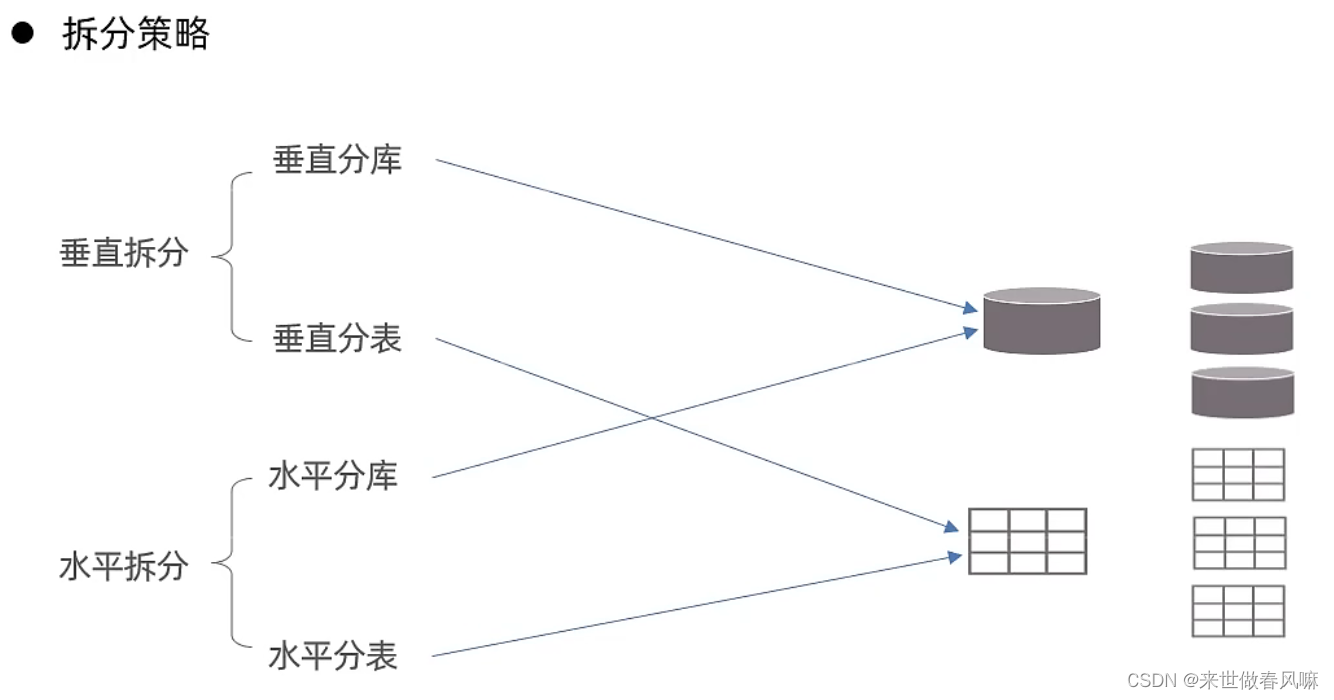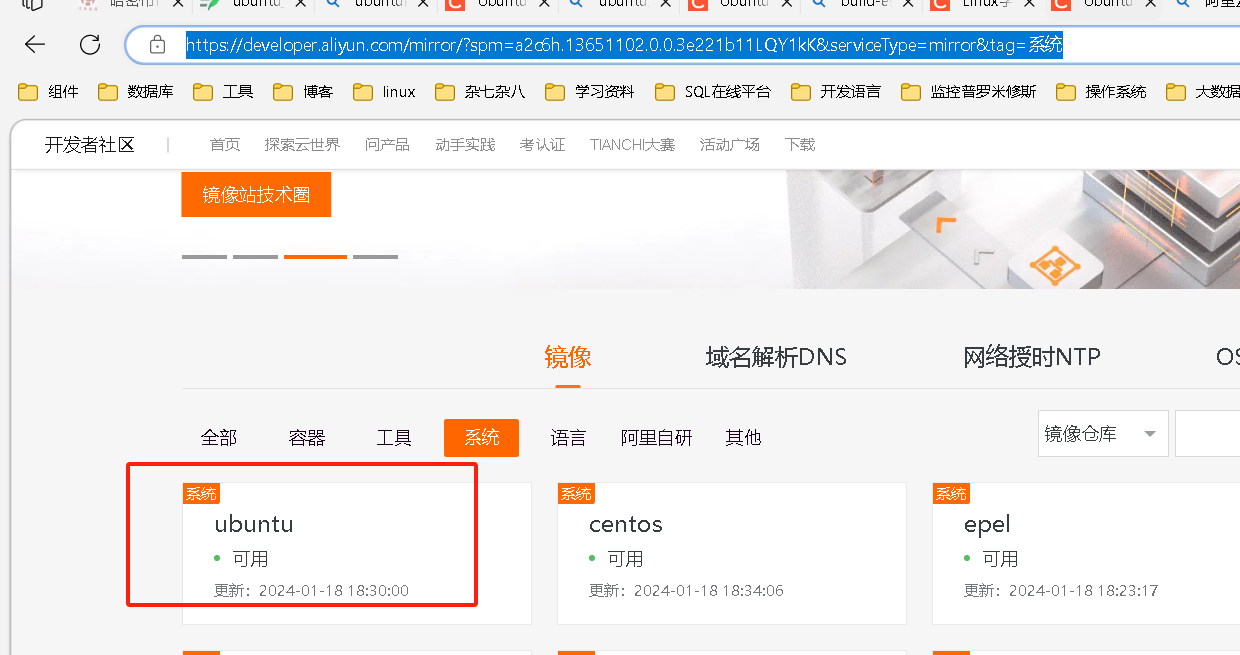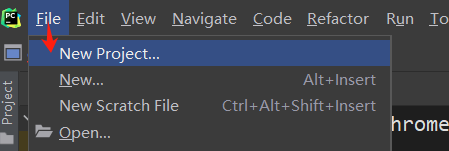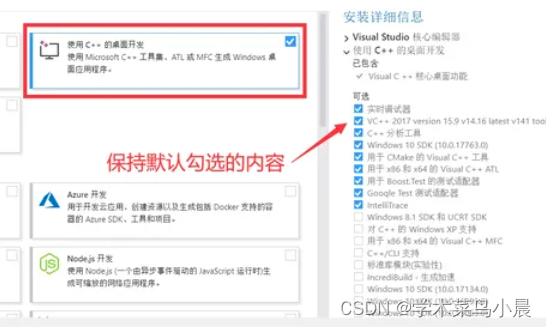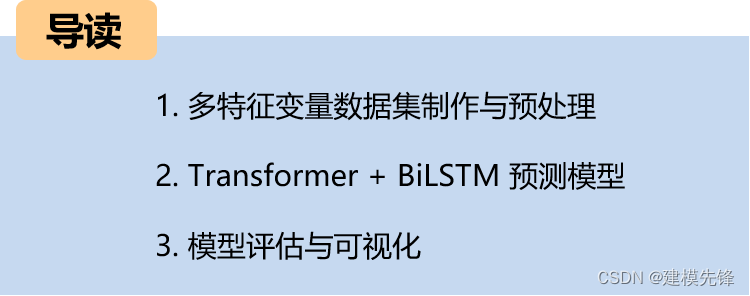Raw Material
Hi! Tim here with another 925 English lesson! In today’s lesson, we’re going to learn how to agree with ideas.
Every day, in life and work, we have to decide whether we agree or disagree with other people’s ideas. It might be in a serious discussion about who to hire or how to cut costs, or in a simple conversation about where to go for lunch.
And when you hear an idea that you like, you want to show your support for it, right? So you say something to agree with the idea, to give it your support. And one good way to do that is to use that word “support”. I mean you can say something like “I can support that”.
There are other ways to say the same thing. For example, you can say something “makes a lot of sense,” which means it is a good idea. Or you could say that an idea “could work”. And by saying something makes sense or could work, you’re not just saying you are agree, but that you agree because it’s a good idea.
How about practicing these expressions for agreeing? We’re going to present some examples. After each example, try repeat it yourself. Ready? Let’s get started.
A: Yes, I think that could work.
B: I can support that.
C: You’ve brought up a really important point there.
D: That makes a lot of sense to me too.
So, we’ve just practiced some simple ways of showing that you agree with an idea. But waht if you think an idea is more than just good? I mean, waht if you think it’s a fantastic idea?
Well, in that case, you want to agree strongly with the idea, and show that you really love it. In English we’ve got some great expressions for this situation. For example, you can say “I couldn’t have said it better myself,” which means the person explained it perfectly. Similarly, you can say “I couldn’t agree with you more,” which means you totally agree.
These expressions beginning with “I” are used show you strongly agree. But you can start with “that,” meaning the idea, and say how great it is. For example, you could say “That’s brilliant!” or “That’s the best idea I’ve heard all day.”
Let’s practice these expressions for agreeing strongly with ideas. Remember to repeat each example after you hear it.
A: I couldn’t have said it better myself.
B: I couldn’t agree with you more.
C: That’s brilliant.
D: That’s the best idea i’ve heard all day.
Now we’ve been focusing on how to show you agree with an idea. But sometimes you hear an idea but you are not sure if you agree. I mean, you don’t really think it’s a good idea or a bad idea. In this situation, you can say that you feel neutral about it.
So how can you express that feelings? Well, for one, you can say that you are not exactly sure about it. Taht tells people that you might agree or you might disagree, but you don’t know yet.
Another way to express that you are neutral about an idea is to say you “could go either way” or that there are pros and cons to both options. These are useful expressions when you’re not sure what you think, or when you don’t want to support one side or the other too quickly.
And if you really think the two sides of an idea or two choices are perfectly equal, you can say it’s a “toss-up.” This expression comes from “tossing a coin,” which is a way of choosing between two sides.
Now it’s your turn to practice using these expressions. Once again, you can repeat the examples after you hear them.
A: Well, I’m not exactly sure about that yet.
B: I could go either way on this.
C: I think there are pros and cons to both options
D: To me, it’s a toss-up
So, we’ve worked through some great expressions for agreeing and showing that you feel neutral about an idea. But how does this sound in conversations? Let’s listen a short dialog between two co-workers, John and Lucas. John is discussing some ideas for the business, and Lucas agrees with him.
A: So, I think we need to foucs on new customers
B: Yes, that makes a lot sense to me too
A: And may be we need a fresh ad campaign
B: I couldn’t agree with you more
Can you hear how Lucas showed his agreement with John’s ideas? He said that the idea of focusing on new customers makes a lot of sense. That expression shows basic agreement. Then he agreed strongly with the idea of a fresh ad campaign, saying he “couldn’t agree more”
Now it’s your turn to practice/ we’ll repeat the dialog,but this time we’re going to beep out the second speaker’s words. You’ll have to say those parts yourself. Remember to start by saying that the first idea makes a lot of sense. Then you’ll say that you couldn’t agree more. Here we go.
Alright, so we’ve learned some great ways to agree with other poeple’s ideas, and we’ve looked at how to show you are neutral about an idea. Inour next lesson, we’ll look at how to disagree with an idea.
Util then, so long and happy learning!
Tutorial
English Speaking Class Notes: Agreeing with Ideas
Expressing Agreement
In everyday conversations, whether it’s a serious discussion at work or a casual chat about lunch plans, we often find ourselves in situations where we need to express agreement with someone else’s ideas.
Simple Agreement
When you hear an idea that resonates with you:
- “I can support that.”
- “That makes a lot of sense.”
- “That could work.”
These phrases not only show agreement but also that you recognize the idea as sensible or viable.
Practice Phrases
- "Yes, I think that could work."
- "I can support that."
- "You've brought up a really important point there."
- "That makes a lot of sense to me too."
Strong Agreement
When an idea strikes you as particularly excellent:
- “I couldn’t have said it better myself.”
- “I couldn’t agree with you more.”
- “That’s brilliant!”
- “That’s the best idea I’ve heard all day.”
Practice Phrases
- "I couldn't have said it better myself."
- "I couldn't agree with you more."
- "That's brilliant."
- "That's the best idea I've heard all day."
Expressing Neutrality
When you’re undecided or neutral about an idea:
- “I’m not exactly sure about that yet.”
- “I could go either way on this.”
- “There are pros and cons to both options.”
- “It’s a toss-up.”
These expressions convey that you’re either uncertain or you see equal weight in both sides of an argument.
Practice Phrases
- "Well, I'm not exactly sure about that yet."
- "I could go either way on this."
- "I think there are pros and cons to both options."
- "To me, it's a toss-up."
Sample Dialogues
Dialogue 1: Basic and Strong Agreement
A: So, I think we need to focus on new customers.
B: Yes, that makes a lot of sense to me too.
A: And maybe we need a fresh ad campaign.
B: I couldn't agree with you more.
Practice Interaction:
Try to respond as the second speaker, showing agreement with the first speaker’s ideas.
Dialogue 2: Practice Being Neutral
A: I think we should expand our market.
B: (Your turn to respond neutrally)
Practice Interaction:
Respond as the second speaker, expressing your neutrality about the first speaker’s suggestion.
Conclusion
We’ve explored various ways to agree with others’ ideas and phrases to use when you feel neutral. In our next lesson, we’ll tackle how to disagree respectfully.
Until then, happy learning!


















